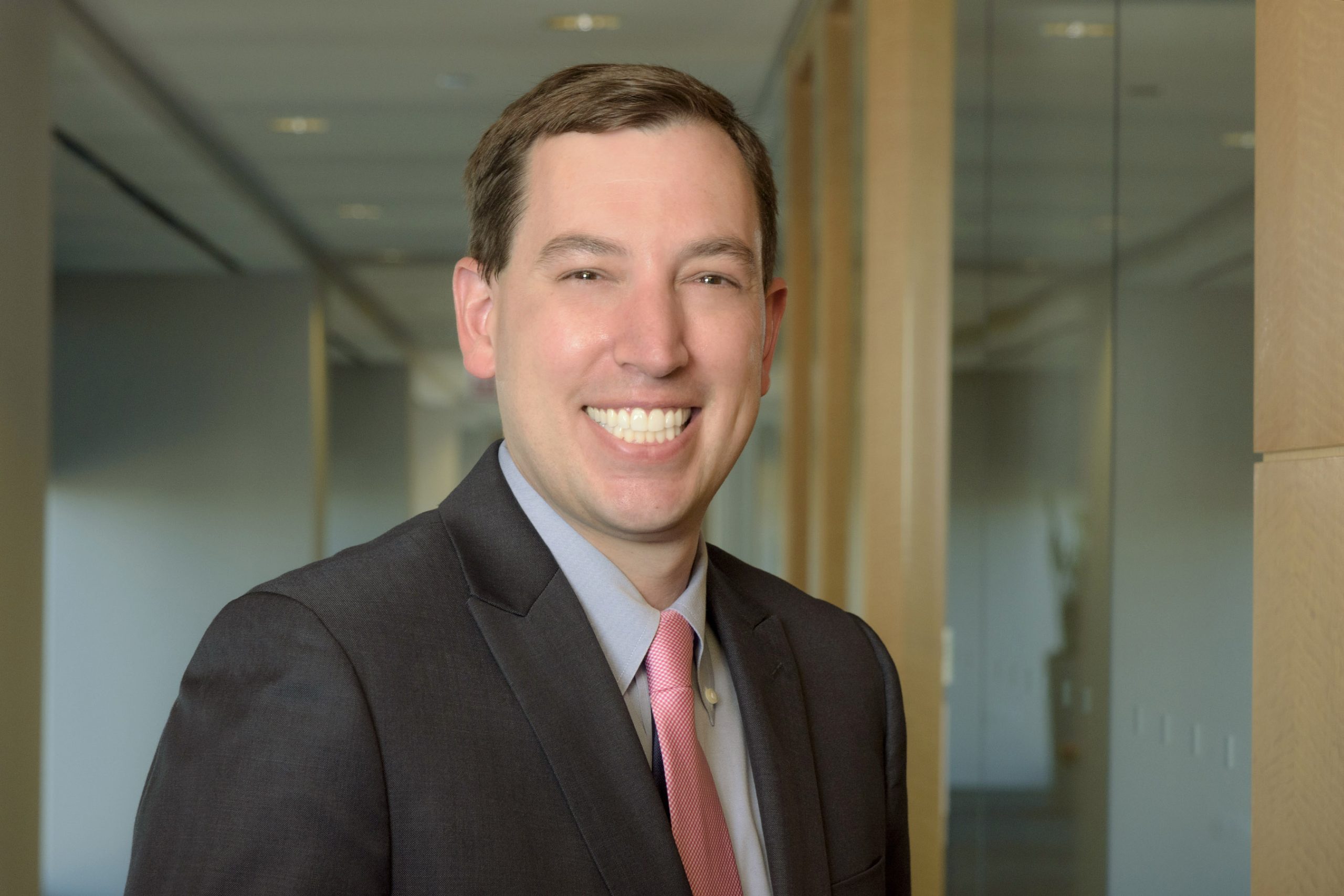Rural doctors, nurses and support system face system fatigue and stress like their urban counterparts.
That was the assessment from various presenters at the recent Summit on the Future of Rural Health Care was presented by Sanford Health of Sioux Falls, South Dakota. However, they did believe those challenges were not unsurmountable.
Dr. Jesse M. Ehrenfeld, MD, president of the American Medical Association, noted in rural areas doctors and health systems see more hypertension and complicates from diabetes and obesity. Mobility limitations in rural populations are often combined with transportation challenges, he said. People in rural communities are more likely to fall at or below the federal poverty line, which stretches their limited resources.
Ehrenfeld is a senior associate dean, tenured professor of anesthesiology and director of the “Advancing a Healthier Wisconsin Endowment” at the Medical College of Wisconsin. He was elected to the American Medical Association Board of Trustees in 2014.
Missed opportunities
The COVID-19 pandemic has also added stress to caregivers, he said. The pandemic caused stress for patients, doctors and care systems. It was not only in the administration of health but also what he called the pandemic of misinformation and “this problem is not going away.”
Some of the information posted on social media can be misleading and lead to poor health outcomes. A year ago in talking to a patient who needed cardiac surgery Ehrenfeld told the man he may need additional blood and risks associated with the procedure.
The patient balked at the possibility of a blood transfusion. Ehrenfeld asked the patient to provide additional insight.
“The answer I got was, ‘Well I haven’t been vaccinated for COVID and I don’t want to accidentally get vaccinated because I got a blood transfusion that has the vaccine.’
“That is a bad decision,” Ehrenfeld told the people at the summit. “(Right) there is a decision that potentially puts a patient at risk based on misinformation.”
Ehrenfeld said he and his colleagues welcome questions and do appreciate feedback from their patients on all health matters but when patients make decisions not based on science and sound medical practices it taxes doctors, nurses and caregiving systems.
Caregiver fatigue
Ehrenfeld said it goes beyond COVID as doctors have seen a rise in misinformation on multiple health matters. He has seen more burnout in recent years.
Ehrenfeld recruited a physician who said she quit because she was tired of a policy environment and restrictions that she felt were detrimental to the care of her patients.
He also had a friend who was involved with emergency care and because he didn’t know how to ask for help he took his own life. Another colleague he witnessed broke down in tears from exhaustion and frustration.
“They are under tremendous pressure. We’ve got an aging population, an aging physician workforce.”
Ehrenfeld hoped that discussions like the one Sanford Health was having were meaningful. Many problems are the result of a system put in place many years ago that does not reflect what is needed today. The system has meant more paperwork, which is counterproductive, he says to what patients and doctors want.
“There’s study after study that demonstrates that your typical primary care provider spends less than 50% of the time (with patients). I never went to medical school just to sit in front of a computer. We went to medical school to interact, care and provide compassion to our patients.”
One of his goals is to make sure that physicians and caregivers do not feel they are powerless and that they still make a difference in the lives of their patients.
Ehrenfeld said one of his goals as AMA president is to raise greater awareness of rural communities as it pertains particularly to infrastructure, leadership, support, and research.
“We’re committed to making sure that we start to peel away some of these economic disincentives that make it hard to eliminate some of the systematic inequalities in rural communities,” Ehrenfeld said.
Innovation too
Dr. Joseph Betancourt, MD, president of the Commonwealth Fund, said in his lifetime he has watched innovation succeed. The pandemic, for all of its challenges to rural and urban health systems, also advanced technology and the possibilities with telemedicine.
Also, rural areas have benefited from research into treatments for HIV and hepatitis C, as examples, he said.
“We have a new and important understanding of the social directional drivers of health, which are incredibly important for rural health care,” Betancourt said. “We have to be optimistic, but realistic, because today, we still know that in the United States, we spend the most compared to other Organisations for the Economic Co-operation and Development nations for health care.”
Resources are working in concert with science, he said, but the challenge to find long-term solutions remains in development today.
Dave Bergmeier can be reached at 620-227-1822 or [email protected].




